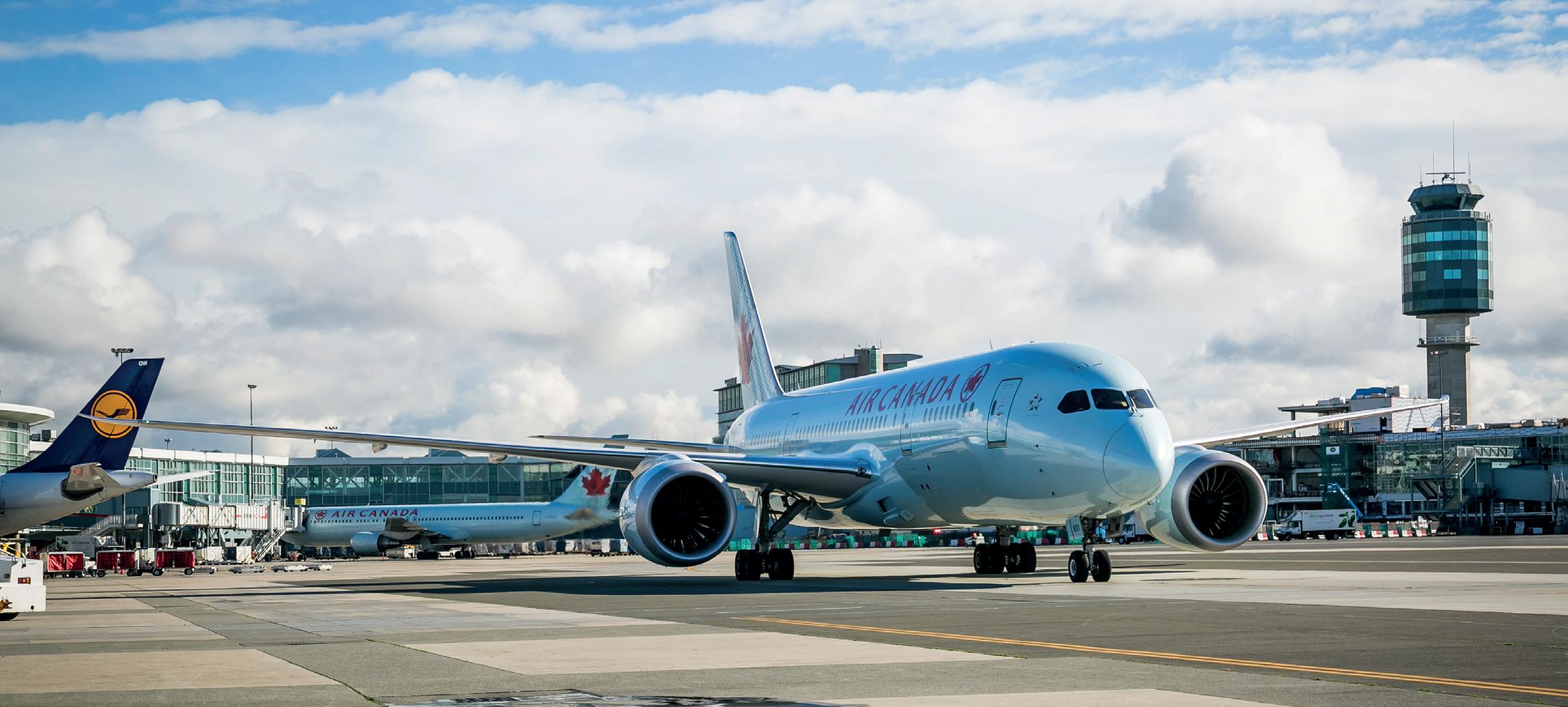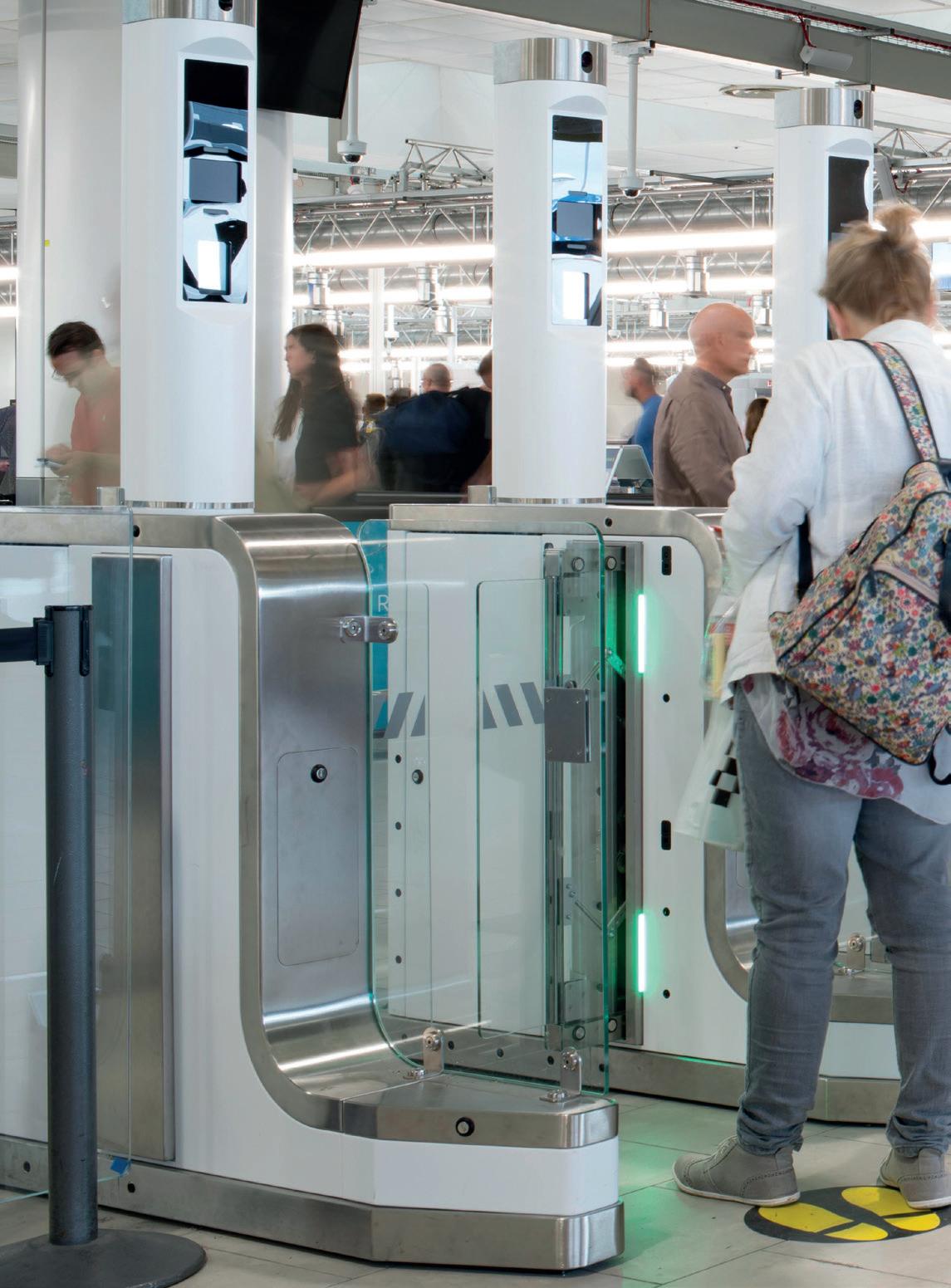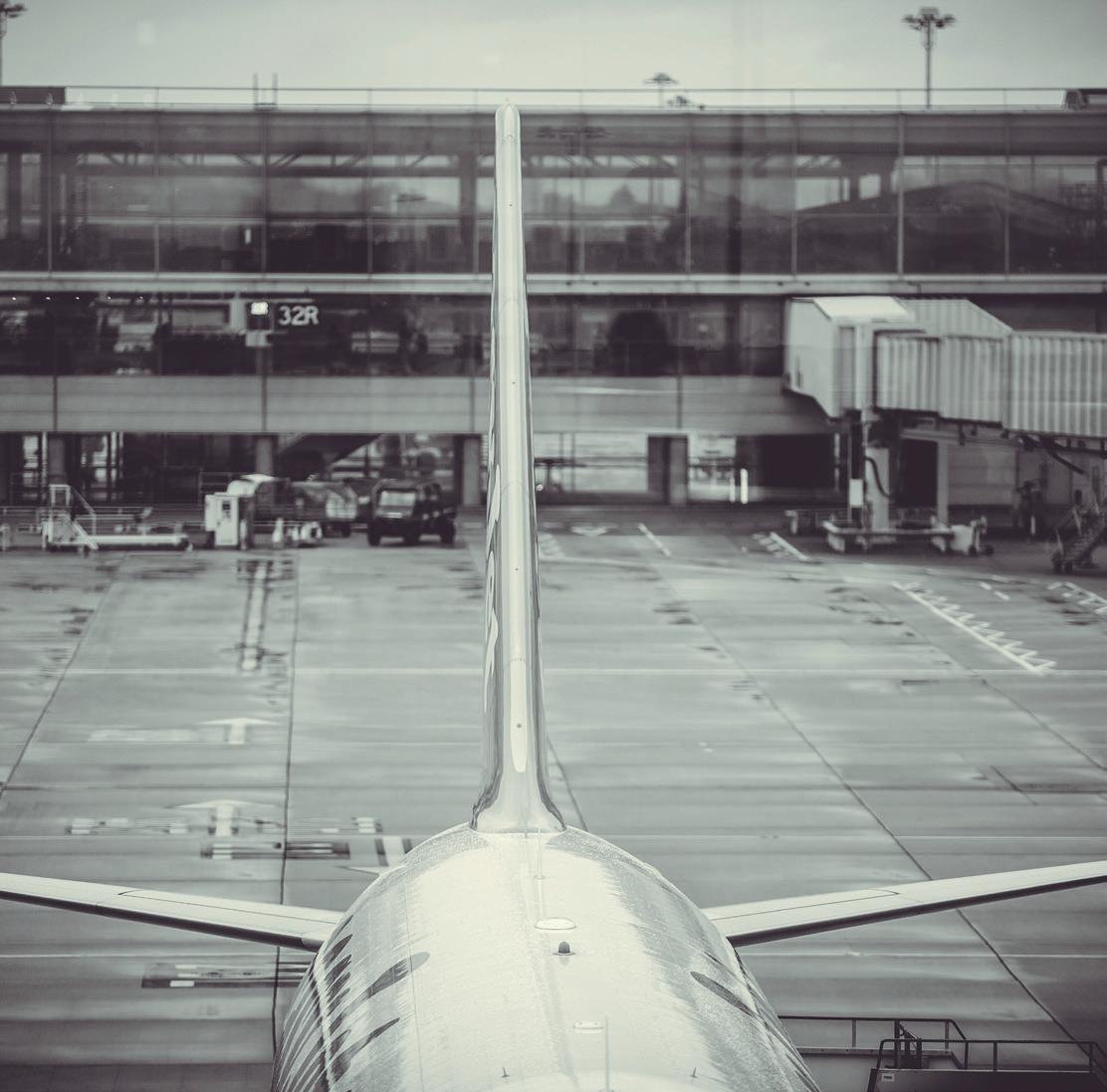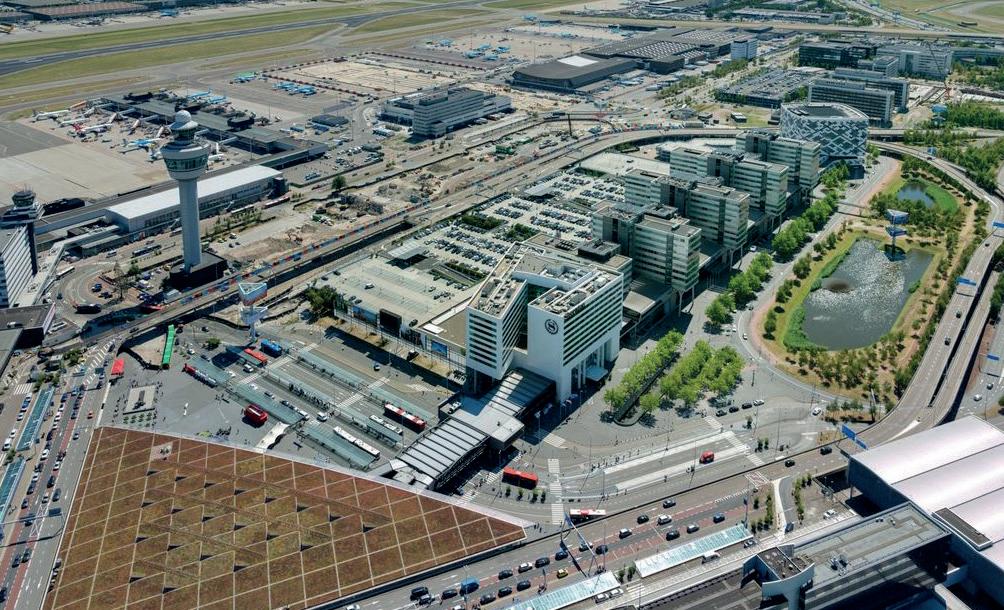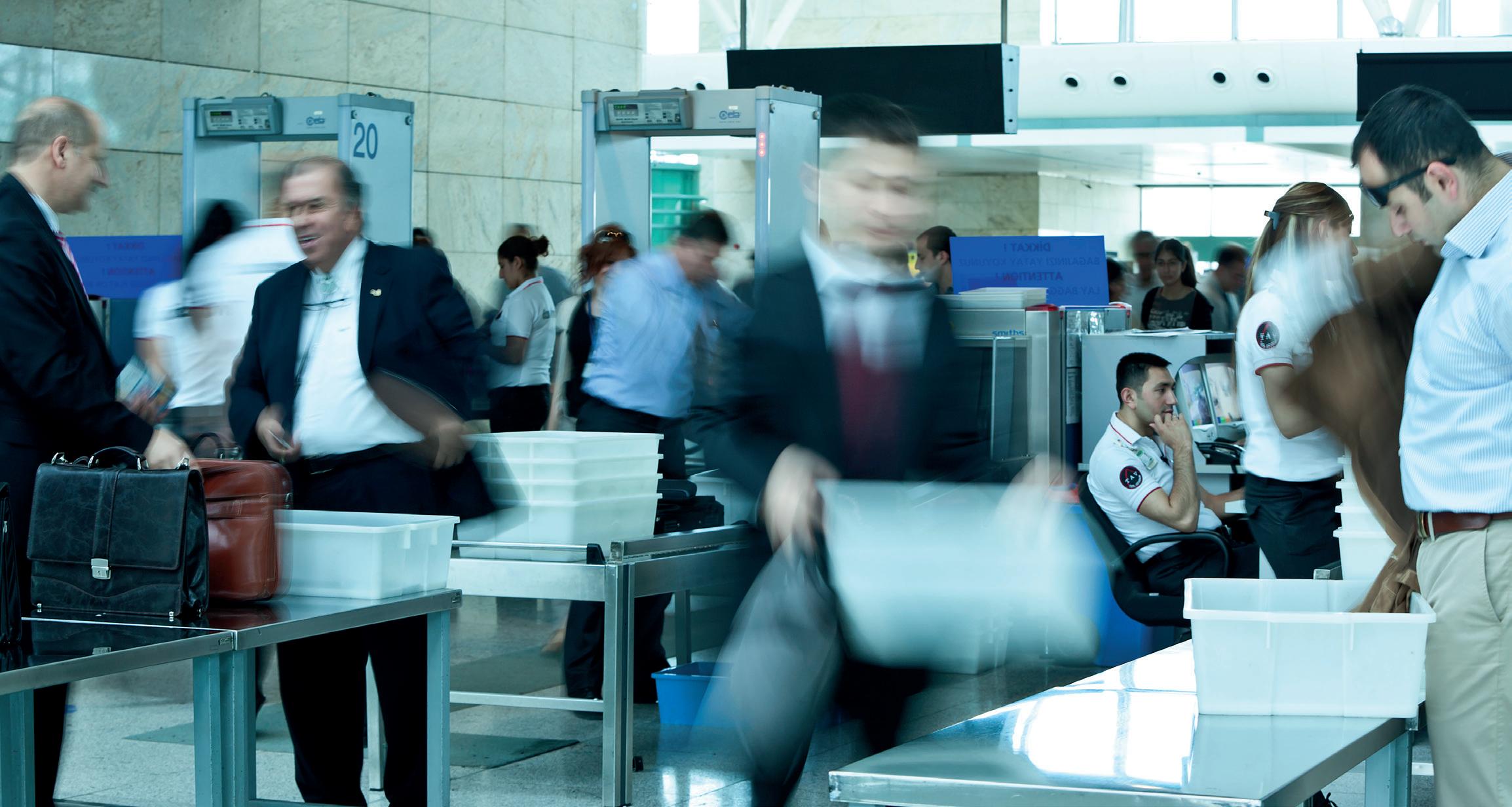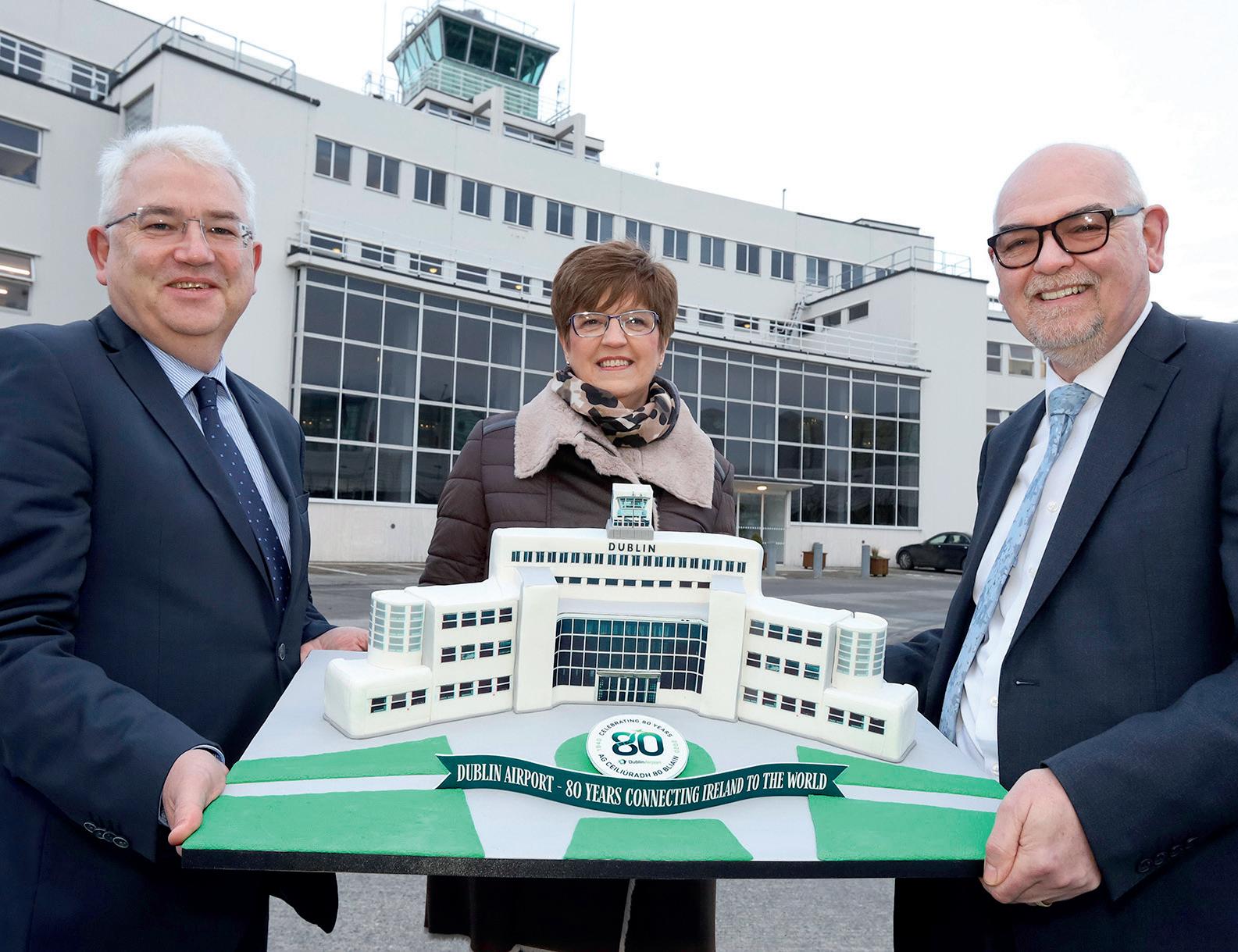IT INNOVATION
Future thinking Exploring and developing ways of sharing technology will make airport operations more efficient and cost effective and help transform the passenger journey, writes Sarah Samuel, Amadeus’ head of airport IT for Asia-Pacific.
M
odern technology is playing an ever-increasing role in ensuring airports can meet the challenges faced today by the industry globally. Whether it’s the use of advanced analytics to optimise operations, or self-service automation to increase throughput while streamlining the journey for passengers, new and innovative technology can support airports in reaching their business objectives. Thanks to advances in underlying technology architecture, the ability for software to be provided ‘as a service’ allows multiple airports to use the same system without the need for costly and complex local IT infrastructure. The advantages of a shared approach include reduced on-site infrastructure and energy costs. But, while these savings are significant, cloud technology is about much more than that.
Flexibility when you need it There are some airports that do not have the agility to scale operations to match changes in demand and, due to a combination of limitations on physical expansion and rigid legacy systems, flexibility is inhibited. Innsbruck Airport in Austria, for example, was the first to adopt a complete cloud-based common use solution. With cloud technology effectively allowing an airport to scale capacity up and down depending on demand, a ‘software as a service’ (SaaS) approach provided the flexibility at check-in required based on traffic at any given time. The needs of Hong Kong International Airport, another early adopter of cloud computing, are very different. As one of the world’s busiest airports, it typically caters to upwards of five million passengers a month. But even here, ebbs and flows in passengers at check-in, places pressure on ground handlers. Through the deployment of mobile, cloud-supported ‘iCUSS’ check-in kiosks, the airport has been able to significantly increase capacity at peak times, while also being able to scale back as demand declines. This flexibility allows airports to adapt more quickly to changing situations. For example, were an extreme weather event to force an airport to close a terminal, mobile ‘pop-up’ workstations could be used to quickly resume operations in an adjacent one. Meanwhile, the fixed workstations no longer in use in the previous terminal could be powered down to minimise operational costs, such as those associated with energy consumption.
32
AIRPORT WORLD/ISSUE 2, 2020
Rapid adoption of new innovations Cloud computing provides airports much greater flexibility at check-in. But while airports such as Hong Kong have been able to scale capacity, ground handlers like Off Airport Check-in Solutions (OACIS) have taken this approach a step further. Initially launched in 2017 at Sydney Airport, the company has plans to expand further across Australia and internationally in New Zealand, and the South Pacific. Linked to the airport via the cloud, it can check-in passengers at any location with a mobile connection: conferences, city centres, hotels, and homes. It envisions a truly distributed airport, where luggage and passengers are handled separately; and where both extra space and saved time can be devoted to transforming airports into ‘retail and entertainment complexes’, helping drive additional revenues.
Unlocking tailored services for passengers This flexibility is now proving to be the first step in a transformation journey for many airports as they seek to harness new technology to deliver travellers a tailored experience. Today’s passenger expects a smooth and frictionless airport experience, one that’s sensitive to the nature of their trip. For example, a young business passenger is likely to opt for a self-service automated approach at every touchpoint. A family with three young children that aren’t native English speakers are more likely to choose full-service, agent-assisted check-in. With flexible modern IT systems, airports can personalise journeys to meet the needs of both types of travellers, as well as for others. Another example is the emerging trend of ‘self-connecting’ passengers. Currently, flyers connecting between different airlines without a traditional interline agreement must, on arrival at their transit airport, pass through immigration and pick up their bags, before checking

